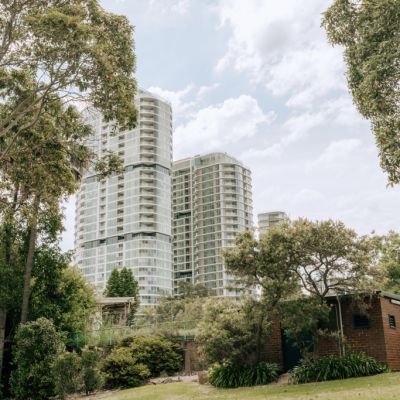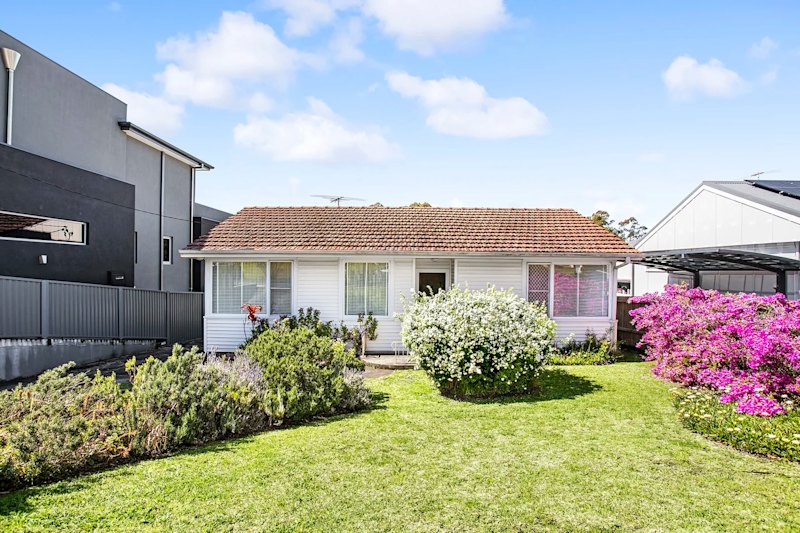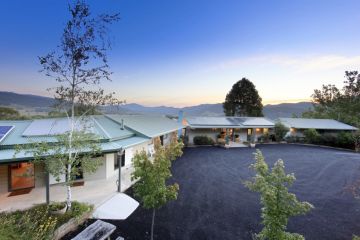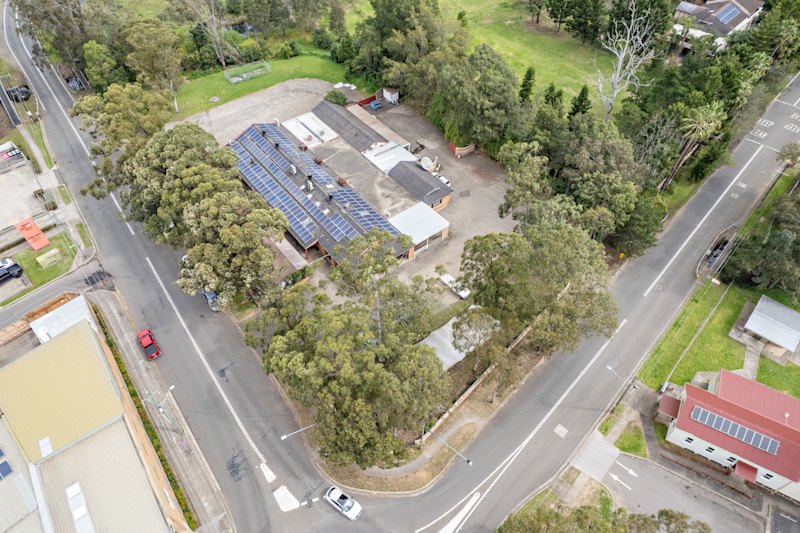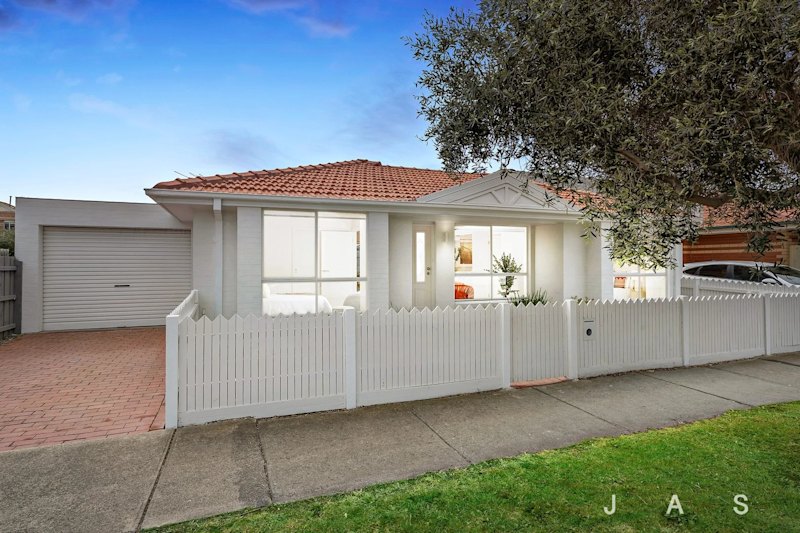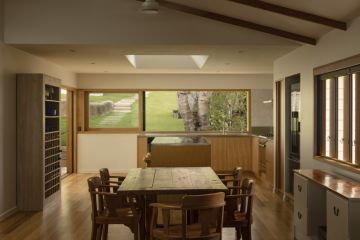How to get lower rent: Aussie tenants and landlords get creative in the housing crisis
Three months ago, Blue Mountains grandmother, Karren, faced an unimaginable prospect – living in her car.
The proud 63-year-old had spent the past five years renting a room in a friend’s home, but with that connection moving north, Karren came to a chilling realisation.
She couldn’t afford to rent the entire home or any other in the tight, expensive mid-Mountains market.
Karren, who not too long ago ran a successful cleaning business before her health dictated a slowdown, had lived in the area since 1987 and wasn’t keen to move to another area.
“I looked at shared accommodation, but I was concerned about who I’d be sharing with and not knowing people,” she said.
“I just didn’t feel safe.
“I did seriously think about going into my car, but I was terrified to do that as well.”
Karren’s saving grace came when she spotted an ad for Homes for Older Women (HOW).
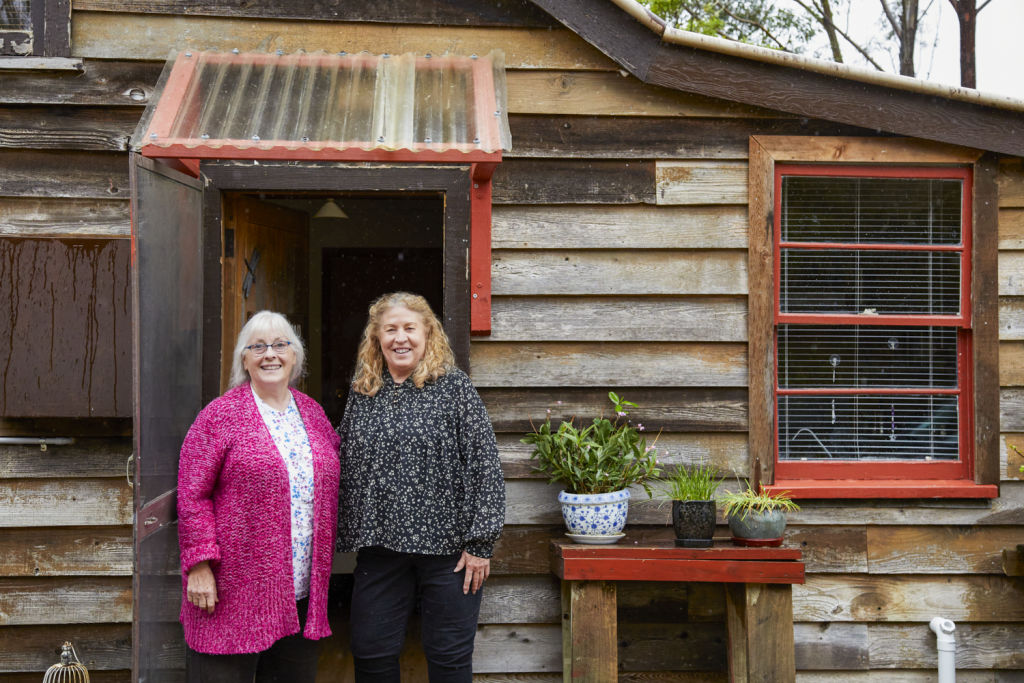
Run by the Older Women’s Network (OWN) Blue Mountains, the HOW program connects women aged 55-plus with compassionate home owners who have a vacant granny flat, house, apartment or bedroom for rent at an affordable rate.
Through this program, Karren connected with Jan, another long-time mid-Mountains resident who had a timber studio on her acreage property.
“It’s a little cottage that’s very cute,” Karren notes.
“There’s a big room as you walk in and I’ve got my TV set up in there, as well as my bed, but there is a little bedroom that I’ll move my bed into.
“I’ve got my dining room table and a little kitchen, which is not huge, but it’s more than enough for me.
“There’s also a bathroom and a laundry off the bathroom, so it’s all self-contained and it’s just great.”
A mutual support system that benefits renters and landlords
For Jan, offering her former writer’s studio was a way to return the leg up she experienced when she was younger.
“I grew up in an orphanage and I was sent to live with my father and it didn’t work out,” she recalls.
“I thought I had to stay there because where else would I go? But somebody fortunately found me a place. I could have been on the streets, or dead or anything, if a lady hadn’t said, ‘Come and live here’.
“I think I’m a very lucky person and I was able to help [Karren], so I did.”
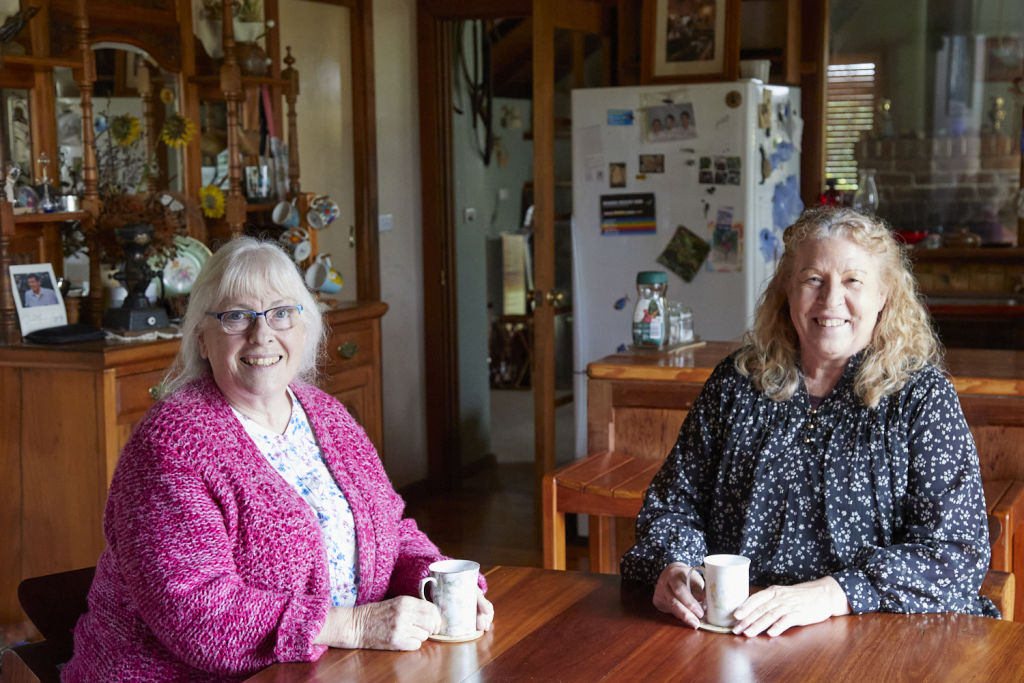
Both ladies note that Karren does pay rent to live in Jan’s studio, but it’s well below market rates.
The ladies largely go about their daily lives separately, but both say they like having the other close by and enjoy a friendly wave and a quick chat when they see each other.
“I really don’t know what I would have done without HOW; it wasn’t looking good,” Karren says.
“I’m very fortunate to have found Jan and her cottage, and I’m looking forward to unpacking some more things and making it home.”
Are rental prices dropping in Australia?
Karren and Jan are just two of thousands of Australians looking for new and innovative ways to solve the housing crisis and create a home that works for them beyond the traditional buying and renting methods.
It’s innovative thinking that’s driven by increasing affordability constraints; while the recently released Domain Rent Report showed Australia’s crippling era of explosive rental growth is finally winding down. The data reveals rent prices are mostly flatlining across the capital cities and even edging downwards in others; however, tenants are still paying hundreds of dollars more per week than they were only a few years ago.
Nationally, house rents have risen 8.3 per cent in the past year, while unit rents have grown 5 per cent.
HOW program manager Julie Nance says that since the program launched in May, they have housed at least one woman every week.
“We were just so outraged by the housing crisis we had to do something,” Julie says.
“Women over the age of 55 are the fastest growing group of homeless people in the country.
“We’ve had women from all walks of life and socio-economic backgrounds coming to us for help … even women that are working part-time or full-time because there’s just not enough rentals and not enough in an affordable bracket.”
Contra deals: the tenants cooking, cleaning or helping with childcare in exchange for lower rent
Another group looking outside the square to help people find housing that meets their needs is the Room Xchange, a platform that matches households with a room to rent with housemates that either pay rent or offset part, or all, of the rent by helping around the house with things like cooking, cleaning or childcare.
Founder Ludwina Dautovic says users are verified via Digital iD by Australia Post and matched on personality, values and lifestyle.
“We have a lot of elderly people signing up to our platform with a room available and they’re often not interested in rent at all, their adult children just want to know there’s someone else sleeping in the house at night and they have a bit of companionship for their elderly parent,” she says.
“We also have a lot of women over 50 who are looking for affordable housing, and they’re often a good match for the elderly people.
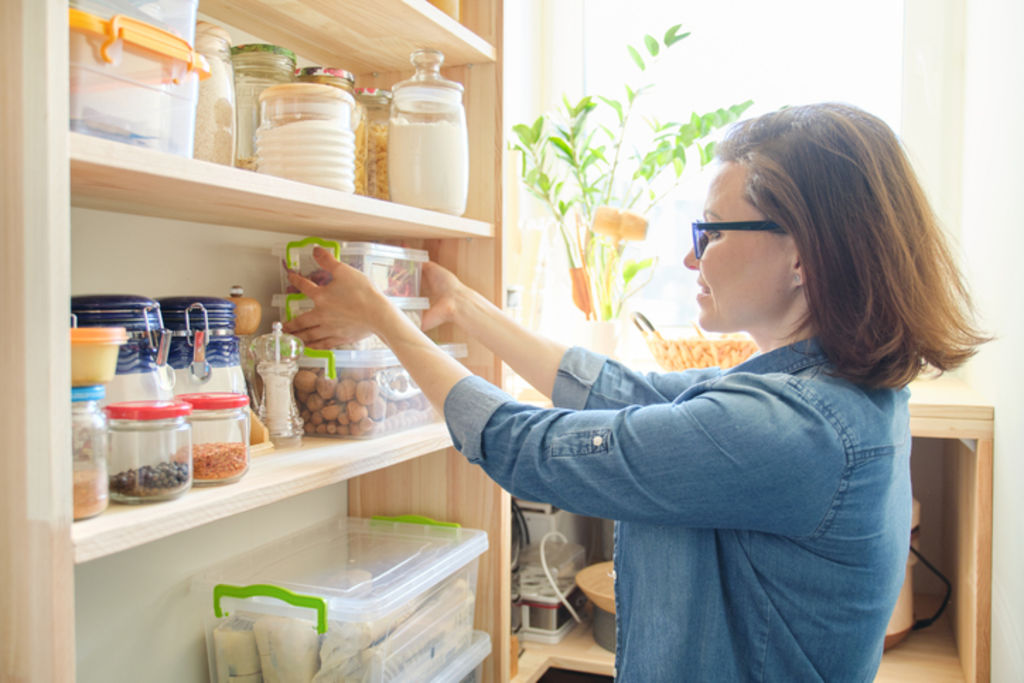
“There are also couples that are buying their first house and they can’t afford the repayments on their own so they rent out a room.”
Ludwina says there are more than 13 million unused spare bedrooms in 10 million homes across Australia, and demand for such accommodation is rising.
She says about 50 per cent of Room Xchange users pay rent for their rooms, while the other half offset either part or all of their rent through a civil agreement the platform’s templates help them set up.
“Our growth this year is about 50 per cent,” she says.
“I’ve never seen it like this. It’s absolutely related to the (rising) cost of living.”
Mother of one Katie Edwards rents out a spare bedroom in her Mornington Peninsula home at a discounted rate in return for help around the house and babysitting her eight-year-old son.
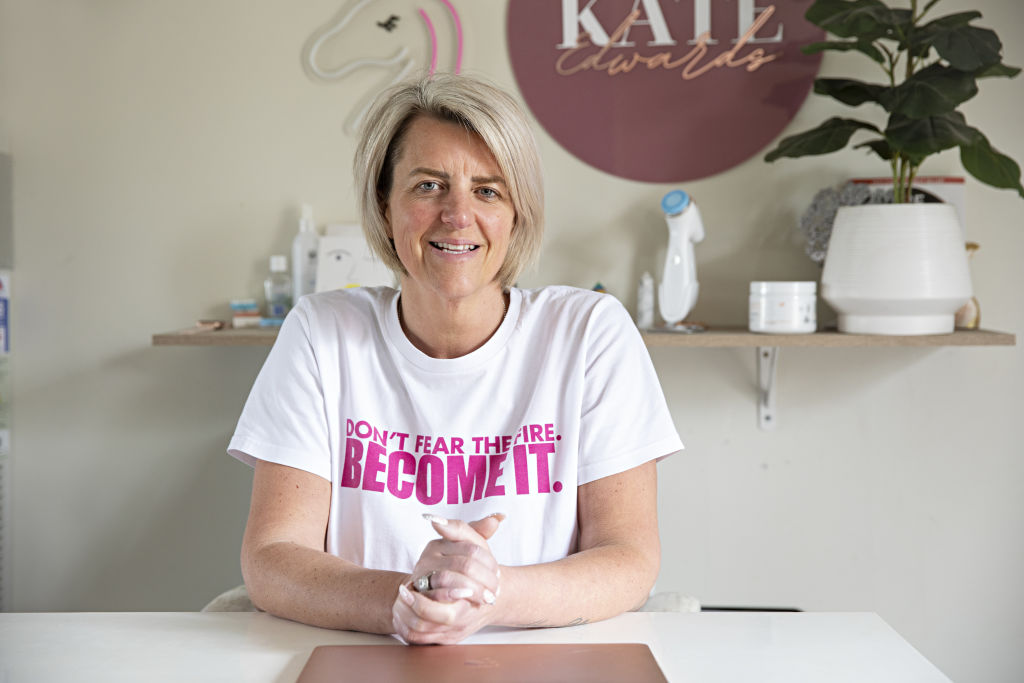
Over the past couple of years, she’s had several housemates, ranging from students to middle-aged women, and is currently looking for a new one to join her home.
“If they’re helping in the home and caring for my son when they’re staying in at night and I’ve got a meeting, I offset the rent as much as possible,” Edwards says.
She notes that, in addition to affordable housing and help with her mortgage, there are other big benefits.
“The biggest thing for me, because I’ve been a single mum for seven years now, is having someone to come home to,” she says.
“It’s about having someone to have a conversation with, cooking a meal for someone and having just normal human connection.”
Co-housing for single parents
Daisy Ashworth is the custodian of ShareAbode and says co-housing is one way Aussies can circumvent the national housing crisis.
ShareAbode is a nationwide platform that connects single parents with one another to share a house.
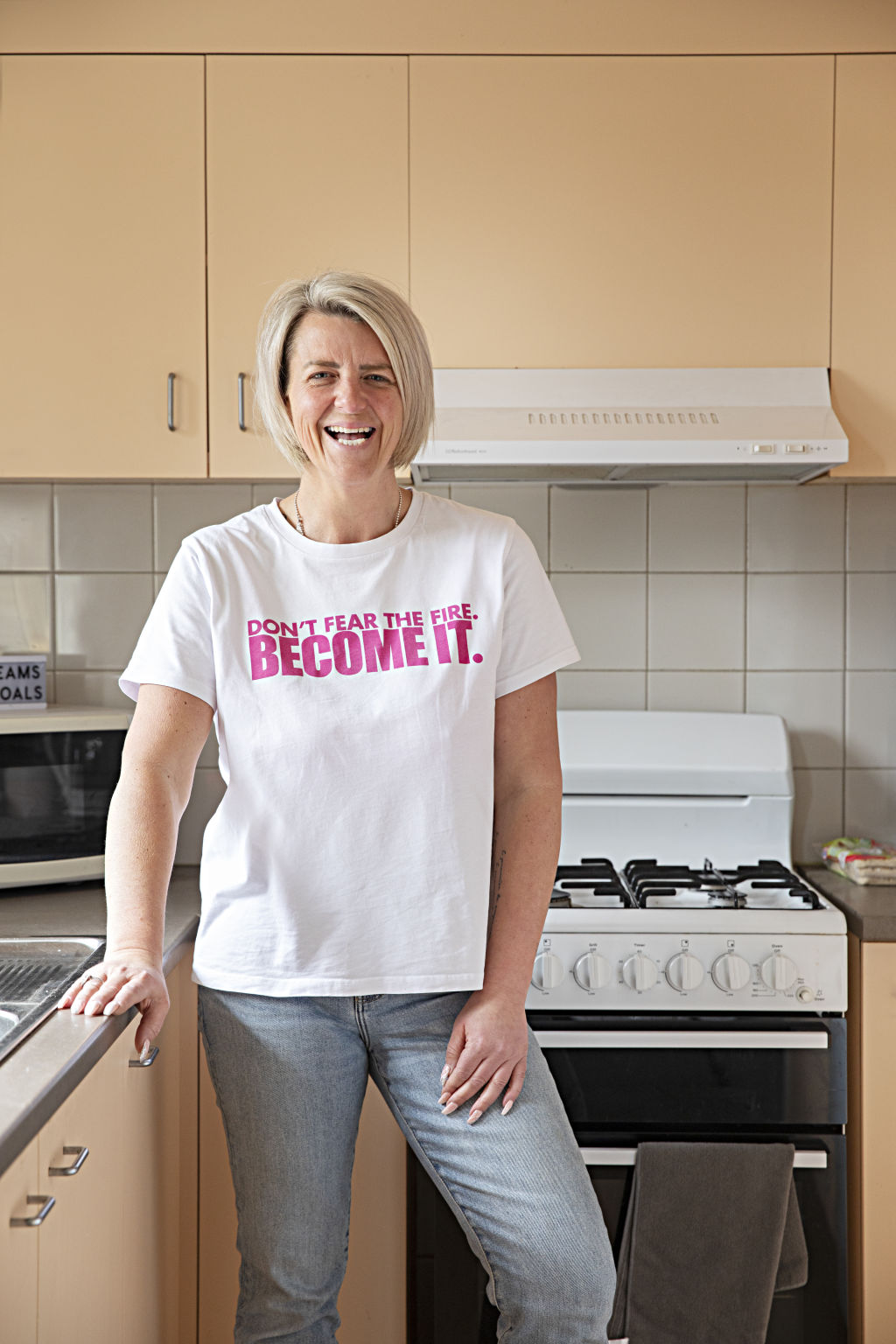
She says the platform helps single parents cut down on rent and living expenses, allows for a higher standard of living at a more affordable rate, and helps families share the load of household duties and childcare.
It can even generate emotional support and ease loneliness, she adds.
“People are looking for innovative ways to find affordable housing, and to make housing more affordable,” she says.
“Some of our clients find a standard property around the $500 or $600 per week mark, and they go halves, not just on the rent but on the utilities, the groceries and other things like that.
“The other option people do is increase the amount they spend, but because they split the cost they’re able to get a bigger property, closer to better amenities, than they could have afforded on their own.”
Ashworth says around 10,000 single parents are on the site, with growing demand for affordable housing.
“People are reaching a point where there are no affordable tenancies available for them in the area that they need to live,” she says.
“People are facing the pointy end of the housing crisis much sooner.”
Ageing acreage owners offer reduced granny flat rents to avoid downsizing
In Sydney’s Hills Shire, real estate agents say they have noticed more home owners on acreage properties renting second dwellings below market rates.
Guardian Realty director Ben Jobberns says there’s a dwindling supply of affordable accommodation for a growing, ageing population and property owners want help to stay living on their acreage well into their twilight years.
“And so what we’re seeing is tenants and owners looking at how the conventional rent model can be massaged a bit to work a bit for both sides,” he says.

“We’ve seen quite a number of examples where property owners are looking to rent out those granny flats, or second dwellings, and instead of getting the maximum yield they could, they’re saying, ‘why don’t we offer a reduction, and in exchange the tenant assists with maintaining the property’. ”
LJ Hooker Dural Principal Meg Clark says she also knows of instances where owners have rented their granny flats at below market rent in contra-like deals, including one tenant who provided the property owner’s daughter with a weekly horse riding lesson in exchange for reduced rent.
“We get a lot of people coming in, offering to pay below market (rent) in exchange for everything you can think of,” she says.
“From looking after people’s pets, to gardening and maintenance.”
Meg advises property owners and renters to put their agreements in writing.
“When everyone’s on the same page it can work really well,” she says.
Services on offer
Homes for Older Women (HOW)
Connects women in the Blue Mountains with compassionate home owners who have a vacant granny flat, house, apartment or bedroom for rent at an affordable price.
The Room Xchange
A platform that matches households with a room to rent with housemates that either pay rent or offset part, or all, of the rent by helping around the house with things like cooking, cleaning or childcare.
ShareAbode
An Australia-wide platform that connects single parents with one another for home sharing.
We recommend
We thought you might like
States
Capital Cities
Capital Cities - Rentals
Popular Areas
Allhomes
More
